Arabia, the Gulf, & the GCC Blog
The “Arabia, the Gulf, and the GCC” blog features insights and analysis from the National Council on U.S.-Arab Relations as well as information about the Council’s programs, projects, events, and activities. Founded in 1983, the National Council is a non-profit, non-governmental, educational organization dedicated to improving American awareness, knowledge, and understanding of the Arab region.
خور عبدالله الكويتي: بين التحديات الإقليمية والنظام الدولي
On September 26, 2023, National Council on U.S.-Arab Relations Board of Directors Member, former Senior Military Advisor to

A Taste of Saudi Arabia’s Culture on the Upper West Side
My friends and colleagues from the National Council on U.S.-Arab Relations came to New York City from Washington,
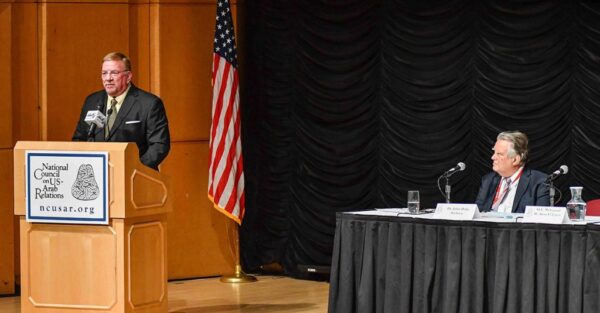
National Council on U.S.-Arab Relations Announces Landmark Executive Leadership Transition
H. Delano Roosevelt Appointed New President and CEO as Organization Founder Dr. John Duke Anthony Becomes Strategic Advisor

National Council on US-Arab Relations Signs Memorandum of Understanding with King Faisal Center for Research and Islamic Studies
Organizations to Collaborate on Programs, Publications, and Activities Analyzing the Gulf Cooperation Council, its Six Member-Countries, Arabia
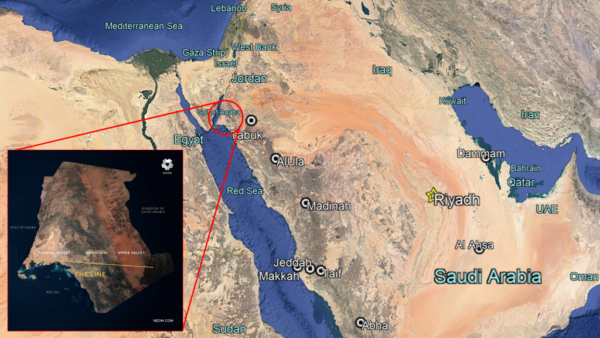
NEOM ~ The Line
Our common understanding about cities is informed by how they developed. In lower density or rural areas, they

Jeddah ~ Al-Balad ~ “The Town”
The Kingdom of Saudi Arabia is approximately the size of France, Spain, Germany, Italy, United Kingdom (twice), Greece,
The Road to 2050: An Assessment of Arab Regional Possibilities and the Future of U.S. Cooperation
On August 9-10, 2023, the National Council on U.S.-Arab Relations will broadcast “The Road to 2050: An Assessment

Al-Ahsa: A Magical Oasis Rich in Natural and Cultural Heritage
Saudi Arabia is located on the Arabian Peninsula in southwest Asia. It shares land borders with Iraq, Jordan,

Among the Clouds in Taif: City of Roses
In 2019, the Kingdom of Saudi Arabia began issuing tourist visas. Through its Vision 2030 development plan it
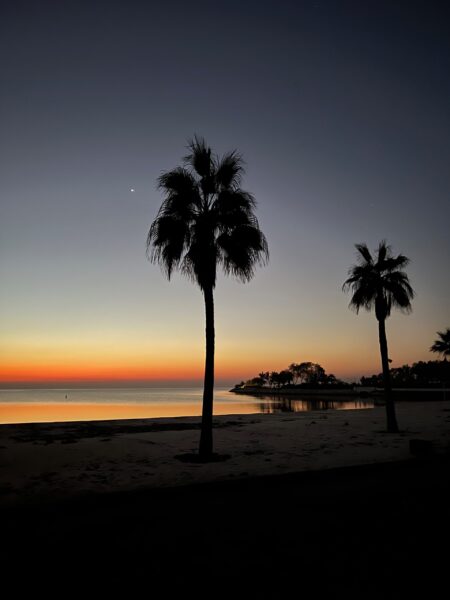
Celebrating Community in Asir: A Home for Shabana
عربی AR The music of my morning was the birds singing on the beach in Al Aziziya.

الإحتفاء بالحياة المجتمعية في عسير: منزل لشعبانة
English وقد كانت تطربني تغاريد العصافير في الصباح على شاطئ العزيزية. الأرض لديها موسيقاها لأولئك الذين يستمعون
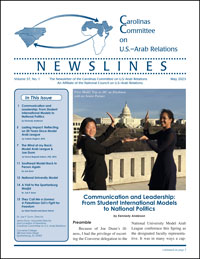
Carolinas Committee on U.S.-Arab Relations Spring 2023 “NEWSLINES”
The Carolinas Committee on U.S.-Arab Relations (CCUSAR), with Dr. Joe P. Dunn serving as Director, is an initiative of
